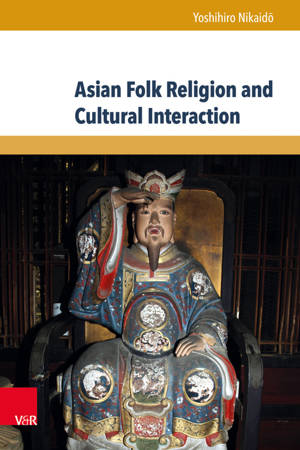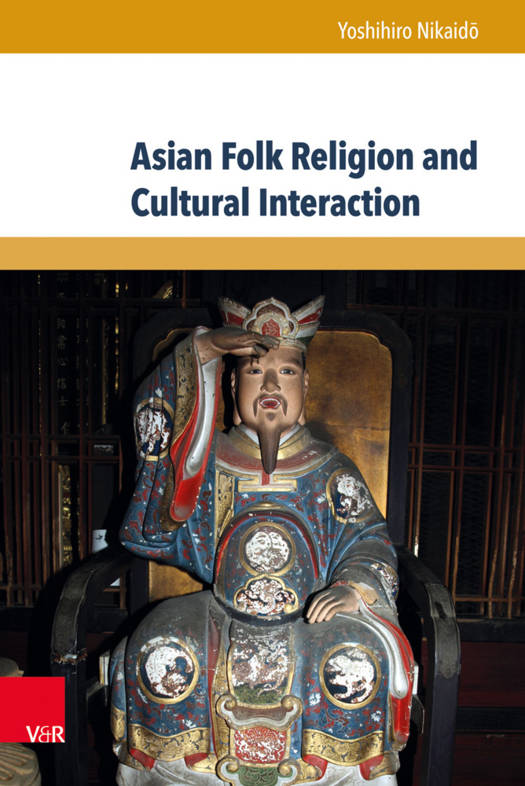
- Afhalen na 1 uur in een winkel met voorraad
- Gratis thuislevering in België vanaf € 30
- Ruim aanbod met 7 miljoen producten
- Afhalen na 1 uur in een winkel met voorraad
- Gratis thuislevering in België vanaf € 30
- Ruim aanbod met 7 miljoen producten
Omschrijving
This book uses a cultural interaction approach to discuss numerous temples and shrines of Sinitic origin that house Daoist, Buddhist, and folk gods. Such deities were transmitted outside the Chinese continent, or were introduced from other regions and syncretized. Examples include temple guardian gods that arrived in Japan from China and later became deified as part of the Five Mountain system, and a Daoist deity that transformed into a god in Japan after syncretizing with Myoken Bosatsu. The profoundly different images of Ksitigarbha in China and Japan are discussed, as well as Mt. Jiuhua, the center of Ksitigarbha in modern China. Lastly, the process by which Sinitic gods were transmitted to regions outside of the Chinese continent, such as Taiwan, Singapore, and Okinawa, is explored.
Specificaties
Betrokkenen
- Auteur(s):
- Uitgeverij:
Inhoud
- Aantal bladzijden:
- 230
- Taal:
- Engels
- Reeks:
- Reeksnummer:
- nr. 2
Eigenschappen
- Productcode (EAN):
- 9783847104858
- Verschijningsdatum:
- 28/10/2015
- Uitvoering:
- Hardcover
- Formaat:
- Genaaid
- Afmetingen:
- 160 mm x 236 mm
- Gewicht:
- 453 g

Alleen bij Standaard Boekhandel
+ 131 punten op je klantenkaart van Standaard Boekhandel
Beoordelingen
We publiceren alleen reviews die voldoen aan de voorwaarden voor reviews. Bekijk onze voorwaarden voor reviews.










